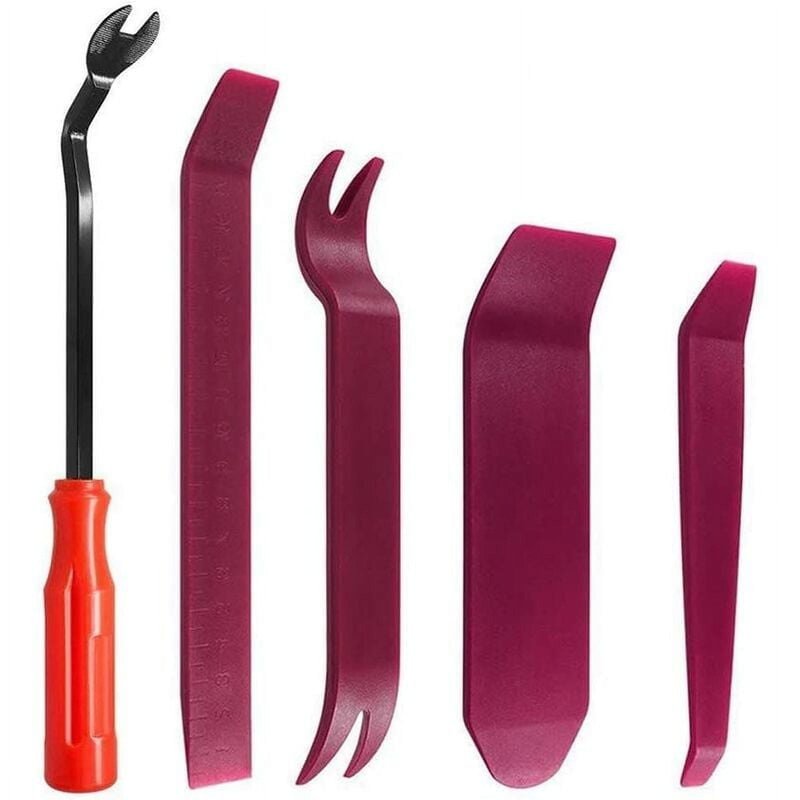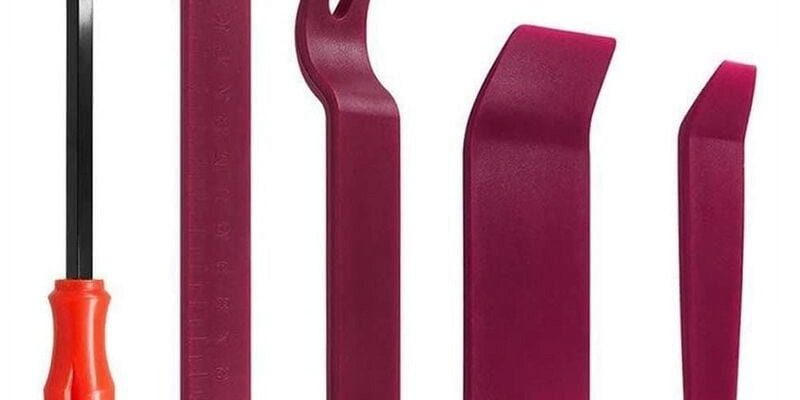
Whether you’re upgrading your knobs or just need to access the inner workings of the door, using non-marring tools ensures that your door remains in pristine condition. Think of these tools as your gentle giants—they get the job done without leaving a trace. We’ll explore the different types of tools available, their features, and some tips to make the process easier.
What Are Non-Marring Tools?
Non-marring tools are specially designed to remove or manipulate various items without scratching or damaging surfaces. Imagine trying to pull off a sticker from your laptop without leaving a residue—non-marring tools do just that with the hardware on your doors. They typically feature soft or padded surfaces that prevent marks, making them perfect for tasks like door knob removal.
These tools come in several designs, each suited for different types of knobs and installation methods. When selecting a non-marring tool, consider its material and design to ensure it aligns with your project’s needs. Whether you’re a DIY novice or a seasoned pro, having the right tool can save you time and frustration.
Top Non-Marring Tools for Door Knob Removal
Let’s take a closer look at some of the best non-marring tools you can use for removing door knobs. Each tool has unique benefits, and knowing what to look for will help you make the right choice for your situation.
- Pry Bar with Rubber Tip: A pry bar designed with a rubber tip is superb for gently prying off door knobs without causing scratches. The soft rubber creates a cushion between the tool and your door, protecting the finish.
- Plastic Spudger: This thin, flat tool is often used in electronics but works wonders on doors too. Its flexible design allows you to slip it under the knob while minimizing any risk of damage. Plus, they’re lightweight and easy to handle.
- Screwdriver with a Rubberized Handle: While traditional screwdrivers can be hard on edges, a rubberized handle can help provide some grip without scratching the surface. Use the flathead type when dealing with knobs that have visible screws.
- Soft-Faced Hammer: If you need to tap something gently into place or knock a stubborn knob free, a soft-faced hammer is your best bet. It distributes the force across a larger area, minimizing the risk of any marring.
How to Safely Remove an Interior Door Knob
Removing a door knob may seem straightforward, but doing it without damage requires some technique. Here’s a step-by-step process to follow using non-marring tools.
1. Gather Your Tools: Start by collecting your non-marring tools—like a plastic spudger and a pry bar with a rubber tip. Make sure to have a flashlight handy to see any hidden screws.
2. Locate Screws: Most door knobs have screws either visible from the side or hidden under a decorative plate. Use your flashlight to identify where they are.
3. Use the Spudger: Carefully insert the plastic spudger between the knob and the door. You might need to wiggle it gently to find a good spot where you can pry without force.
4. Pry It Off: If the knob is stuck, use the rubber-tipped pry bar next. Position it against the door, and gently lever it to pop the knob off without scratching the surface.
5. Remove Screws: Once free, simply use your rubberized screwdriver to remove the screws and take out the knob completely.
Tips for Avoiding Damage
Here’s the thing: Nobody wants to deal with unsightly scratches or dents after a simple task like removing a knob. Keep these tips in mind to minimize potential damage:
– Work Slowly: Rushing could lead to slips, which are often the culprits of scratches. Take your time and be precise with each movement.
– Use Proper Lighting: A well-lit space helps you see exactly what you’re doing, allowing for better control over your tool use.
– Protect Surfaces: If you’re particularly worried about scratching, consider placing a cloth or towel around the area you’re working on. This extra layer can be a lifesaver.
– Choose the Right Tool for the Job: Not all knobs are the same. Different styles might require different approaches, so use the tool that best fits your knob style.
What to Do If You Encounter Problems
Sometimes, despite our best efforts, things can get tricky. Here are a few common issues and how to tackle them:
– Stubborn Knob: If your knob won’t budge, try spraying a little lubricant around the base. Allow it to sit for a few minutes before attempting removal again.
– Stripped Screws: If you notice that the screws are stripped, a rubber band placed over the screw head can provide extra grip for your screwdriver.
– Knob With No Visible Screws: Some knobs hide screws under an exterior ring. If you can’t see them, gently pry the ring off with a spudger, taking care not to damage the finish.
– Misaligned Parts: If you’re reassembling or replacing a knob, make sure everything is lined up correctly before tightening screws. Misalignment can lead to further issues down the road.
Exploring Alternatives: Universal Tools
If you’re considering additional options beyond non-marring tools, universal tools are a great alternative. They can handle various tasks, not just door knobs. For example, a versatile multi-tool with a rubberized grip might also serve as a non-marring option.
However, the downside is that universal tools might not always be as gentle as dedicated non-marring tools. If you’re particular about avoiding any surface damage, sticking to specialized tools is likely your best bet.
Final Thoughts
Removing an interior door knob doesn’t have to be a daunting task. With the right non-marring tools, you can tackle the job confidently and keep your door looking as good as new. Remember to take your time, use the right tools for your specific knob type, and don’t hesitate to reach for a lubricant if needed.
By following these tips and using the recommended tools, you’ll find the process is not only manageable but perhaps even enjoyable. Happy DIY-ing!
